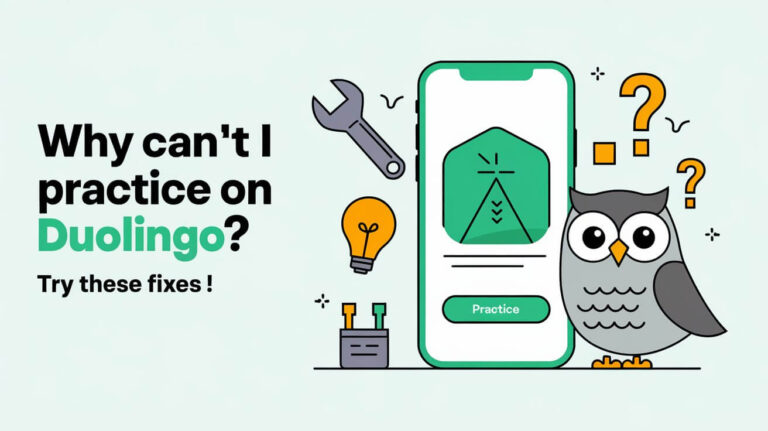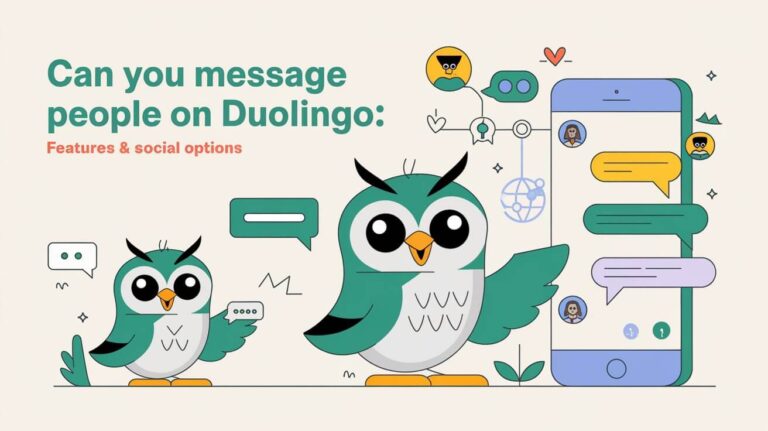Duolingo is a top language learning app with millions of users. It’s known for its fresh take on learning languages. But, it might surprise you to learn that Duolingo teaches Konglish, a mix of Korean and English.
Konglish is becoming more common in Korean culture and language. So, why does Duolingo focus on it? This question might puzzle many, especially since Duolingo aims to teach basic language skills.
The Rise of Konglish in Modern Korean Language
The Korean language has changed a lot, thanks to Konglish. This mix of Korean and English words is becoming more common. The world’s connection has led to more language immersion techniques and multilingual education platforms. This has greatly influenced the Korean language.
Common English Words Adapted into Korean
Many English words have been added to Korean. Words like “office” (오피스, opiseu), “party” (파티, pati), and “fighting!” (화이팅, hwaiting) are now part of everyday Korean. This shows how the two languages are mixing.
Sound Changes and Pronunciation Shifts
When Korean takes on English words, sounds change. For example, “fashion” becomes “패션” (paesyeon). This shows how Korean can change to fit new words.
Cultural Impact on Word Adoption
- Korean loves English terms for tech, pop culture, and modern life. This shows Korea’s fast growth and global reach.
- Using English words in Korean shows Korea’s openness to the world. It wants to keep up with global trends.
Konglish shows how Korean is changing and growing. It adds English words to keep up with culture and trends.
Why Does Duolingo Teach Konglish
Duolingo’s Korean course includes Konglish, a mix of Korean and English. This shows how languages change and people communicate across cultures. Duolingo teaches Konglish to help learners talk with native speakers.
In the “Vocab from Alphabet 3” section, Duolingo introduces Konglish terms. These include brand names like McDonald’s and Samsung, cities like Seoul, and everyday words like coffee. This helps learners see how English and Korean blend in daily talk.
Duolingo also focuses on how to say these words and the cultural reasons behind them. Learning Konglish helps users understand the modern Korean language and its mix with English.
The app’s lessons and games make learning fun and engaging. Users practice and move up levels, mastering Konglish. This way, learners are ready for real conversations where Konglish is key.
| Konglish Term | English Origin | Korean Pronunciation |
|---|---|---|
| 맥도날드 (Maegdonaldeu) | McDonald’s | mak-do-nal-deu |
| 아이스크림 (Aisŭk’ŭrim) | Ice cream | ai-seu-keu-rim |
| 서울 (Sŏul) | Seoul | seo-ul |
| 뉴욕 (Nyuyok) | New York | nyu-yok |
Duolingo’s Korean course is a deep dive into Konglish. It prepares users for the changing world of language and culture in Korea.
Duolingo’s Korean Course Structure and Methods
Duolingo is a top app for learning languages. It makes learning Korean fun with games and good ways to learn words. Lessons are based on real-life topics, so you can talk about everyday things.
Gamification Elements in Korean Lessons
Duolingo’s Korean course uses games to keep you interested. You get points for finishing lessons and can earn virtual money. This money lets you get extra stuff or buy special rewards.
The app also gives you badges for reaching milestones. This makes you feel proud and keeps you wanting to learn more.
Vocabulary Building Techniques
- Duolingo’s Korean course teaches over 3,000 words. This helps you learn important words and phrases.
- The app has different kinds of exercises. These help you remember and use words correctly.
- Lessons cover topics like saying hello, talking about food, or traveling. This makes learning fun and useful.
Speech Levels and Honorifics Training
Duolingo’s Korean course teaches you about different ways to speak. It covers polite and formal speech, which is important in Korea. But, some people say the explanations could be better.
| Language Learning App | User Base | Pricing |
|---|---|---|
| Duolingo | Over 300 million users globally | Free with optional in-app purchases |
| LingoDeer | Over 20 million learners | $13.99/month, $39.99/quarter, $79.99/year, or $119.99 for lifetime access |
Duolingo makes learning Korean fun and easy. But, some users wish for more detailed grammar lessons. It’s good to use Duolingo with other study tools to learn Korean well.
Popular Konglish Phrases in Daily Communication
The English-Korean language blend, known as “Konglish,” is common in Korean talk today. It mixes English words and ideas into Korean, showing how the two languages work together.
“셀카” (selka) is a mix of “selfie” and “camera” in Korean. It’s a big part of Korean life, showing how people take photos of themselves. “치맥” (chimaeg) is another example, combining “fried chicken” and “beer” in Korean. It’s a favorite Korean food and drink combo.
The Konglish terminology isn’t just about loanwords. It also includes words with new meanings in Korean. For example, “핸드폰” (haendeupon) means “cellphone” in Korean, just like in English. “아이 쇼핑” (ai syoping) now means “window shopping” in Korean, a change from its English origin.
Most Asked Questions
Why does Duolingo teach Konglish?
Duolingo teaches Konglish to show how people really talk in Korea. It helps learners get ready for everyday talks where Konglish is used a lot. This way, they can understand Korean culture better.
What is Konglish and how does it influence the Korean language?
Konglish is when English words are changed a bit to fit Korean. It shows how Korean culture has been shaped by technology and pop culture. Korean sounds change when it tries to say English sounds it doesn’t have, like /f/ becoming /p^h/.
The Korean language is changing because of Konglish. It shows how English and Korean mix in today’s world.
How does Duolingo’s Korean course structure and teaching methods incorporate Konglish?
Duolingo’s Korean course makes learning fun with games and rewards. It teaches vocabulary in themes, like basic phrases and sentences. It also covers different speech levels and honorifics.
But, some learners might find the explanations a bit confusing. Duolingo uses different exercises to help learners practice using Konglish in real talks.
What are some popular Konglish phrases used in daily Korean communication?
You might hear “셀카” (selka) for “selfie” and “치맥” (chimaeg) for “fried chicken and beer” in Korea. Some Konglish words have even changed meanings in Korean, like “핸드폰” (haendeupon) for “cellphone” and “아이 쇼핑” (ai syoping) for “window shopping”.
These phrases show how Korean is changing because of English. They reflect the modern mix of languages in Korea.







